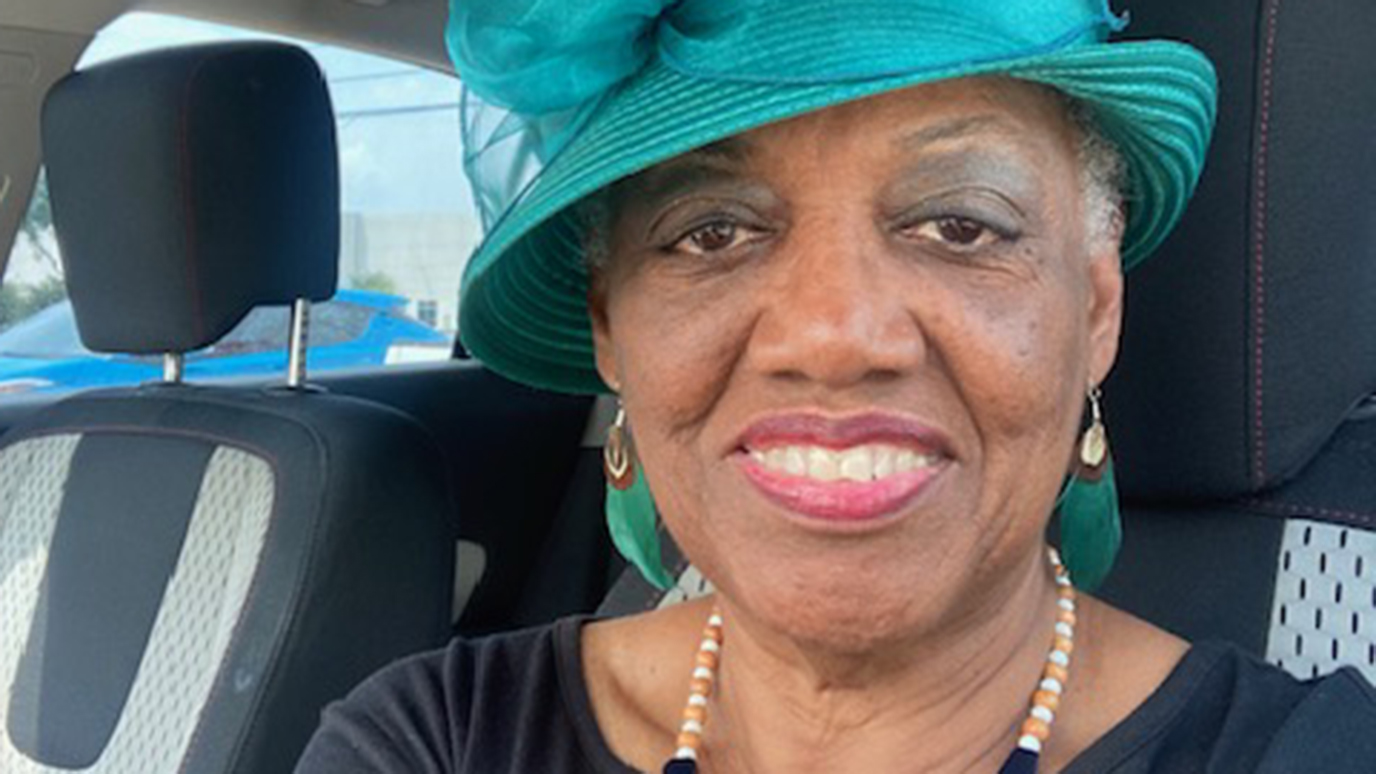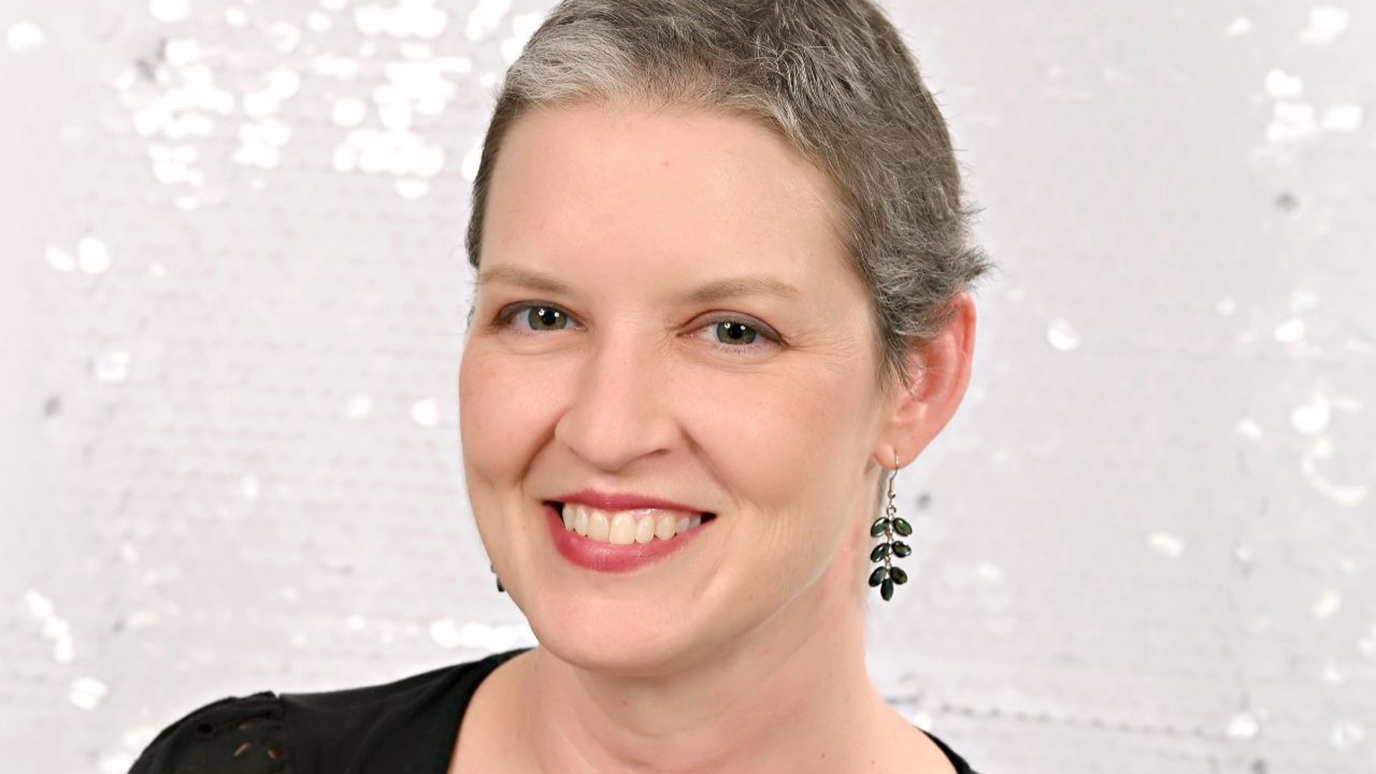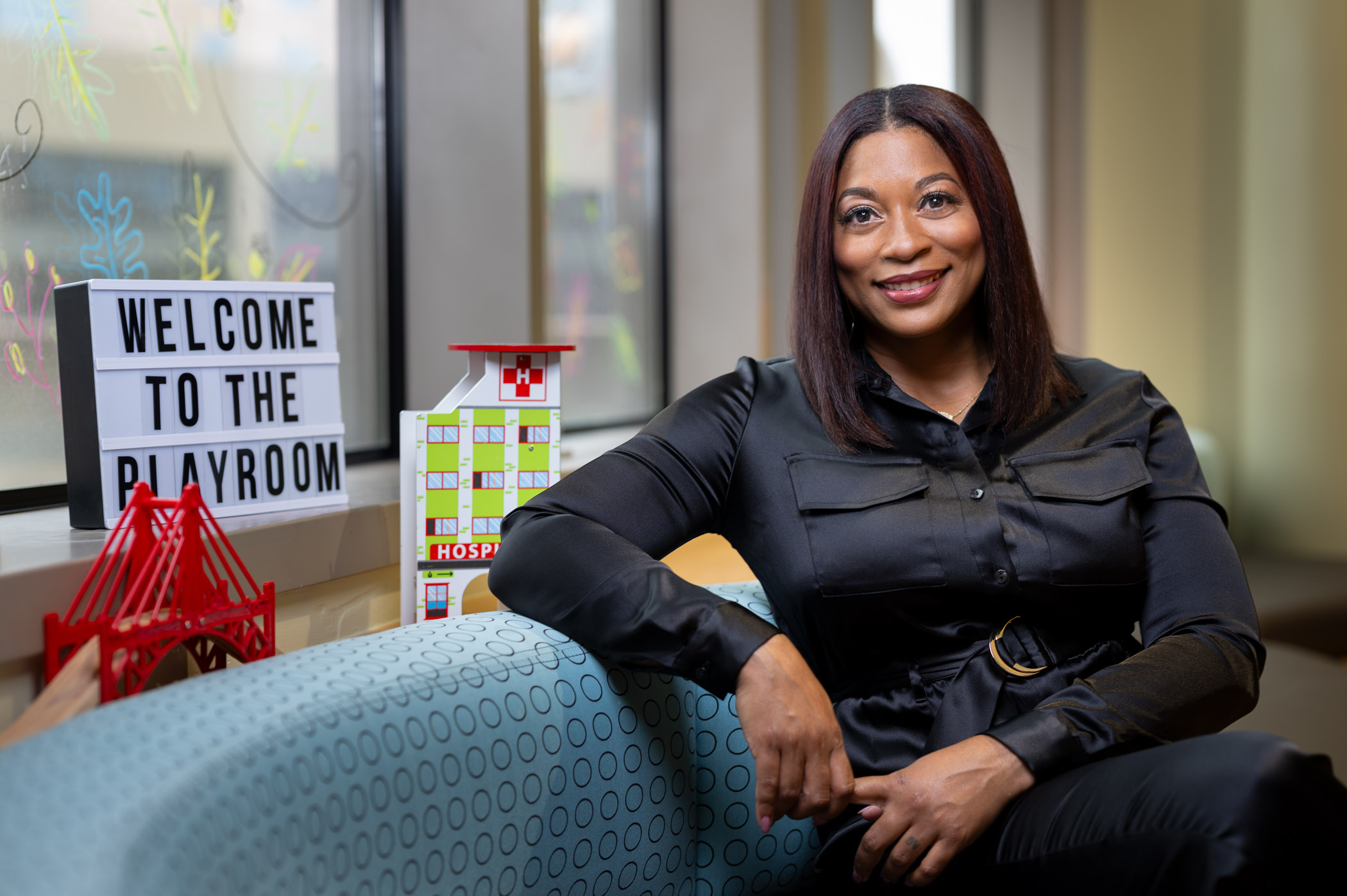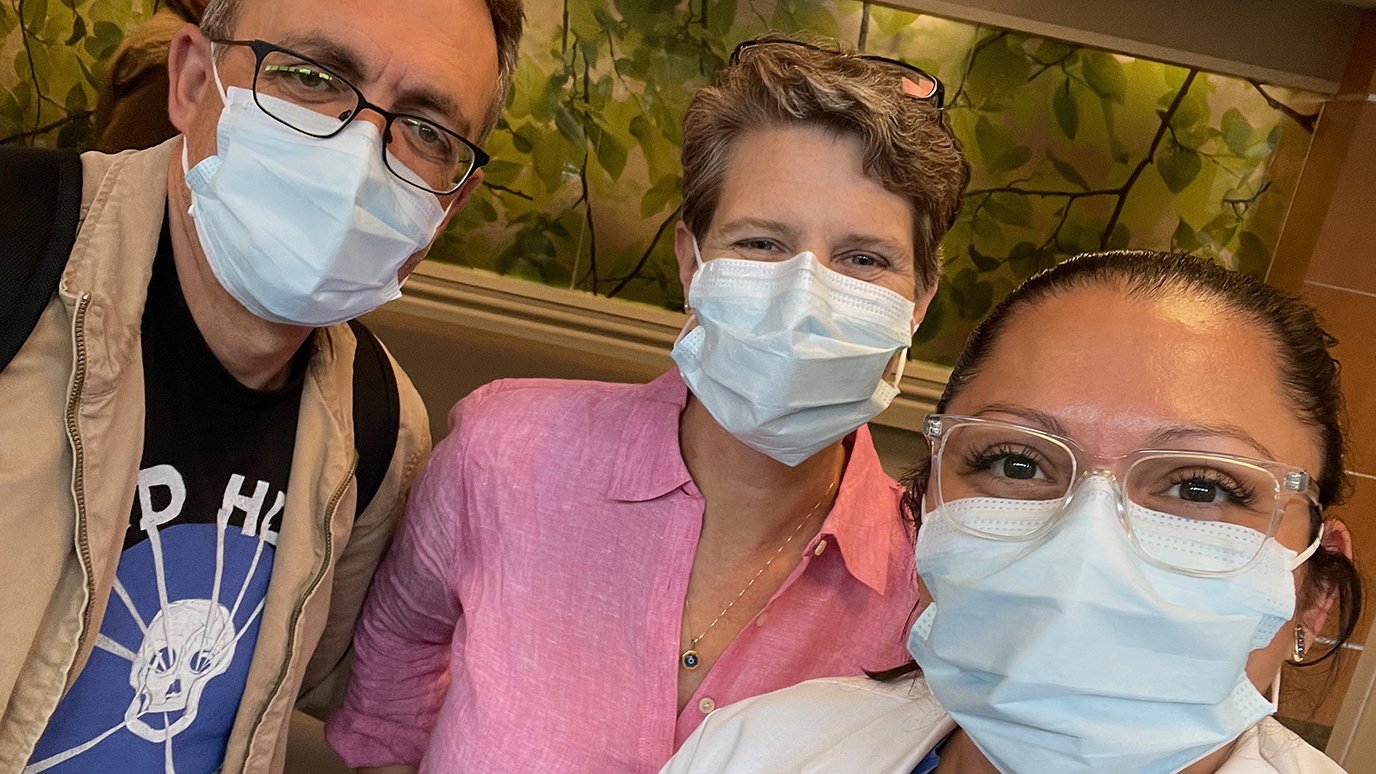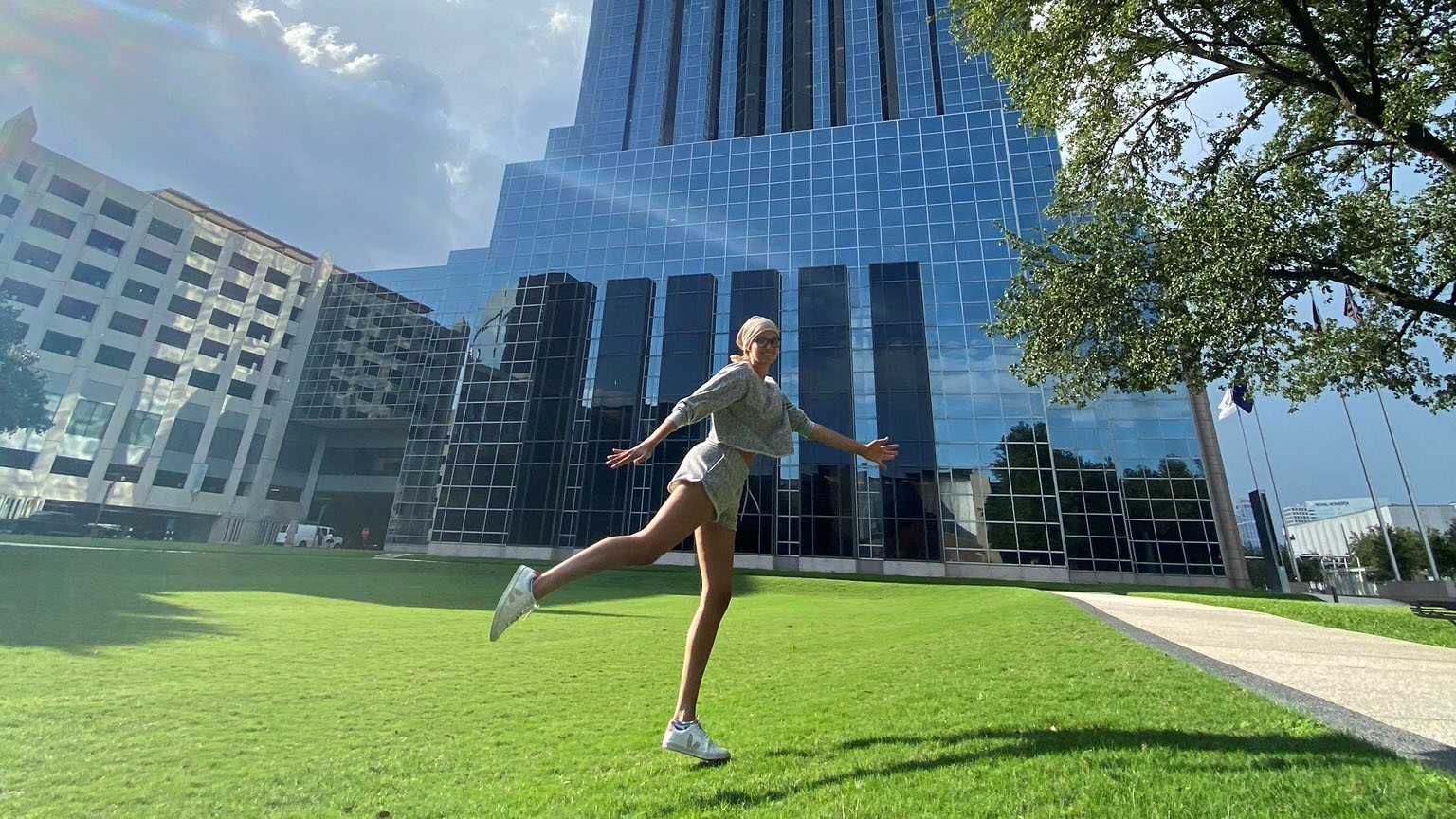- Diseases
- Acoustic Neuroma (14)
- Adrenal Gland Tumor (24)
- Anal Cancer (68)
- Anemia (2)
- Appendix Cancer (16)
- Bile Duct Cancer (26)
- Bladder Cancer (72)
- Brain Metastases (28)
- Brain Tumor (232)
- Breast Cancer (714)
- Breast Implant-Associated Anaplastic Large Cell Lymphoma (2)
- Cancer of Unknown Primary (4)
- Carcinoid Tumor (8)
- Cervical Cancer (158)
- Colon Cancer (166)
- Colorectal Cancer (116)
- Endocrine Tumor (4)
- Esophageal Cancer (44)
- Eye Cancer (36)
- Fallopian Tube Cancer (8)
- Germ Cell Tumor (4)
- Gestational Trophoblastic Disease (2)
- Head and Neck Cancer (12)
- Kidney Cancer (128)
- Leukemia (342)
- Liver Cancer (50)
- Lung Cancer (286)
- Lymphoma (278)
- Mesothelioma (14)
- Metastasis (30)
- Multiple Myeloma (100)
- Myelodysplastic Syndrome (60)
- Myeloproliferative Neoplasm (4)
- Neuroendocrine Tumors (16)
- Oral Cancer (100)
- Ovarian Cancer (172)
- Pancreatic Cancer (160)
- Parathyroid Disease (2)
- Penile Cancer (14)
- Pituitary Tumor (6)
- Prostate Cancer (146)
- Rectal Cancer (58)
- Renal Medullary Carcinoma (6)
- Salivary Gland Cancer (14)
- Sarcoma (238)
- Skin Cancer (296)
- Skull Base Tumors (56)
- Spinal Tumor (12)
- Stomach Cancer (64)
- Testicular Cancer (28)
- Throat Cancer (92)
- Thymoma (6)
- Thyroid Cancer (96)
- Tonsil Cancer (30)
- Uterine Cancer (80)
- Vaginal Cancer (16)
- Vulvar Cancer (20)
- Cancer Topic
- Adolescent and Young Adult Cancer Issues (20)
- Advance Care Planning (10)
- Biostatistics (2)
- Blood Donation (18)
- Bone Health (8)
- COVID-19 (362)
- Cancer Recurrence (120)
- Childhood Cancer Issues (120)
- Clinical Trials (630)
- Complementary Integrative Medicine (22)
- Cytogenetics (2)
- DNA Methylation (4)
- Diagnosis (232)
- Epigenetics (6)
- Fertility (62)
- Follow-up Guidelines (2)
- Health Disparities (14)
- Hereditary Cancer Syndromes (126)
- Immunology (18)
- Li-Fraumeni Syndrome (8)
- Mental Health (116)
- Molecular Diagnostics (8)
- Pain Management (62)
- Palliative Care (8)
- Pathology (10)
- Physical Therapy (18)
- Pregnancy (18)
- Prevention (914)
- Research (392)
- Second Opinion (74)
- Sexuality (16)
- Side Effects (604)
- Sleep Disorders (10)
- Stem Cell Transplantation Cellular Therapy (216)
- Support (402)
- Survivorship (320)
- Symptoms (182)
- Treatment (1786)
Childhood melanoma patient returns to the rodeo after surgery
4 minute read | Published June 23, 2022
Medically Reviewed | Last reviewed by an MD Anderson Cancer Center medical professional on June 23, 2022
Rebekah Thibodeaux didn’t expect to see her daughter 13-year-old daughter, Lane, back in the saddle so soon. When Lane was diagnosed with melanoma, she was scared and unsure of what to expect. Lane was, too. She was anxious about her future and upcoming rodeo competitions.
For the Thibodeauxes, rodeos are a family affair. Since they were toddlers, Lane and her sisters have been competing in events like barrel racing, pole bending, and flags. Breakaway Roping has become their favorite.
Fortunately, her care team was able to help Lane overcome melanoma and get back to riding and roping without missing a single competition. Not only did she get to compete in the Texas Junior High Rodeo State Finals, she walked away the All-Around Champion Cowgirl. She also qualified for the national competition in breakaway roping.
Spotting childhood melanoma
Rebekah wasn’t sure when the mole first appeared on Lane’s neck. She was certain it had been there for years. But suddenly, it seemed to be growing in size. Lane’s sisters noticed it, too. When Rebekah looked closer and ran her fingers over it, a bit of it flaked off. She knew something wasn’t right and scheduled Lane a doctor’s appointment in Lafayette, Louisiana.
Lane had never had a skin screening before. The doctor examined her, noting the ABCDEs of melanoma. Indeed, the one on her neck was an outlier. It just didn’t match the others. The dermatologist conducted a shave biopsy.
A few days later, the dermatologist called Rebekah with the results: Lane had melanoma.
Coming to MD Anderson for childhood melanoma treatment
Melanoma is rare in children and teens. Between 300 and 400 childhood melanoma cases are diagnosed in the U.S. each year. And because it’s so rare, the disease is often found in the later stages, when it’s more difficult to treat.
The dermatologist recommended they travel to Baton Rouge, New Orleans or Houston for treatment. Rebekah had always heard that MD Anderson was the best, so they decided to make the four-hour trip to Houston for Lane’s first appointment a month later.
At MD Anderson, Lane and Rebekah met with pediatric oncologist Cynthia Herzog, M.D., and her care team. Right away, Lane and Rebekah felt comfortable.
“Their optimism was very encouraging,” Rebekah says.
Herzog explained that Lane would need surgery and introduced them to pediatric surgeon Mary Austin, M.D., and head and neck cancer surgeon Ryan Goepfert, M.D. They explained that they would need to remove the cancer, as well as the surrounding lymph nodes, to determine how far the cancer had spread and if Lane would need additional treatment. Both Lane and Rebekah were nervous. Goepfert assured them, that as a parent himself, he knew the surgery would be far tougher on Rebekah.
On April 7, Lane returned to MD Anderson for surgery. While Lane was under anesthesia, Geopfert, Austin and their team removed the cancerous spot on Lane’s neck. Next, they injected a blue dye called a radiotracer around the site of the cancer. The radiotracer flowed through the lymphatic system, a network of lymph channels and nodes. This allows surgeons to see how the lymph nodes drain from the tumor. If the cancer had spread, this is the way it would have advanced. From there, Lane’s surgical team identified and removed what’s called a sentinel lymph node, the first lymph node the cancer would spread to. The lymph node would later be studied in a lab by a pathology team. If the lymph node showed signs of cancer, Lane would need additional treatment, such as immunotherapy.
Lane was discharged from the hospital that same day. Right away, she started to heal from the surgery. It never impacted her mobility, and she didn’t have much pain.
On April 14, Rebekah received good news. The cancer hadn’t spread, and Lane was cancer-free. Less than a week later, they returned to Houston for a follow-up appointment. Lane was healing quickly and could compete in rodeos. Two weeks later, she did just that. She even won a prize in breakaway roping later that month.
Through it all, the Thibodeaux family remained grateful to the friends and family who prayed for them. One group in particular called themselves “Team Lane.” Knowing friends and family were thinking of them brought the Thibodeauxs peace, no matter what they faced.
Life after melanoma surgery
Lane returns to MD Anderson for her follow-up appointments and skin exams every three months. Rebekah promises that her other daughters will also start undergoing skin screenings as well. Bottles of sunscreen can be found in just about every corner of the house.
Rebekah wants other parents to know the importance of skin cancer prevention. And to the parents of kids facing a diagnosis, she wants them to know that MD Anderson offers treatment options that will help their kids get back to living their lives.
“There’s hope in all of it," she says. "And MD Anderson gives you just that!”
Request an appointment at MD Anderson online or by calling 1-855-404-4637.
Related Cancerwise Stories

There was a lot of encouragement there.
Rebekah Thibodeaux
Caregiver

